- About us
- Support the Gallery
- Venue hire
- Publications
- Research library
- Organisation chart
- Employment
- Contact us
- Make a booking
- Onsite programs
- Online programs
- School visit information
- Learning resources
- Little Darlings
- Professional learning
Photographer William H. Bardwell worked in Ballarat, Victoria from 1858 until 1878, and for much of that period he operated his own business: the Royal Photographic Studio. 'The studio is every way replete with suitable accommodation … and rooms are provided for both ladies and gentlemen,' stated one advertisement. 'Mr Bardwell's long and practical example will entitle him to the claim to the first position in Ballarat as a photographer,' it continued. Bardwell took advantage of his studio's close proximity to the Theatre Royal, producing photographs for visiting theatre groups and operatic companies. He exhibited photographs of Ballarat at the Intercolonial Exhibition in Sydney in 1870 and had a photographic panorama of Ballarat in the Victorian section of the London International Exhibition of 1873. From 1878 he worked in Melbourne, though the Ballarat studio continued to operate throughout the 1880s.
Purchased 2015
William H. Bardwell (age 34 in 1870)



On one level The Companion talks about the most famous and frontline Australians, but on another it tells us about ourselves.
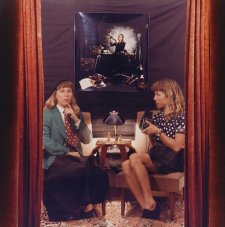
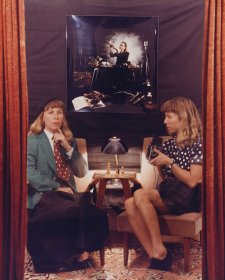
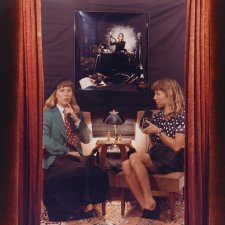
It takes a village to raise a creative! Get an insight into the often-unseen work and supporters needed for the arts to thrive. The work of art documents the creative process, evoke states of creativity and inspiration, and shows us clues about the subject’s own work from the way artists portray them.
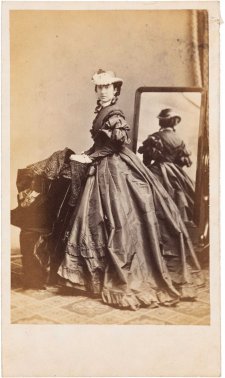

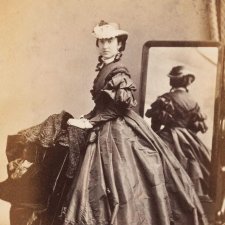
Drawn from the NPG’s burgeoning collection of cartes de visite, Carte-o-mania! celebrates the wit, style and substance of the pocket-sized portraits that were taken and collected like crazy in post-goldrush Australia.